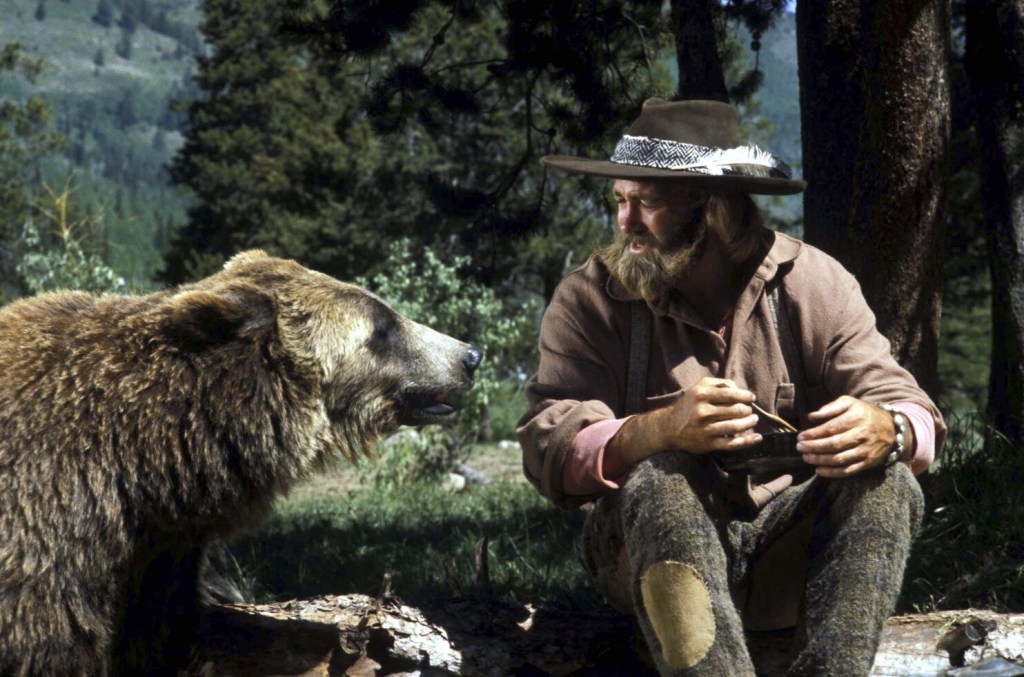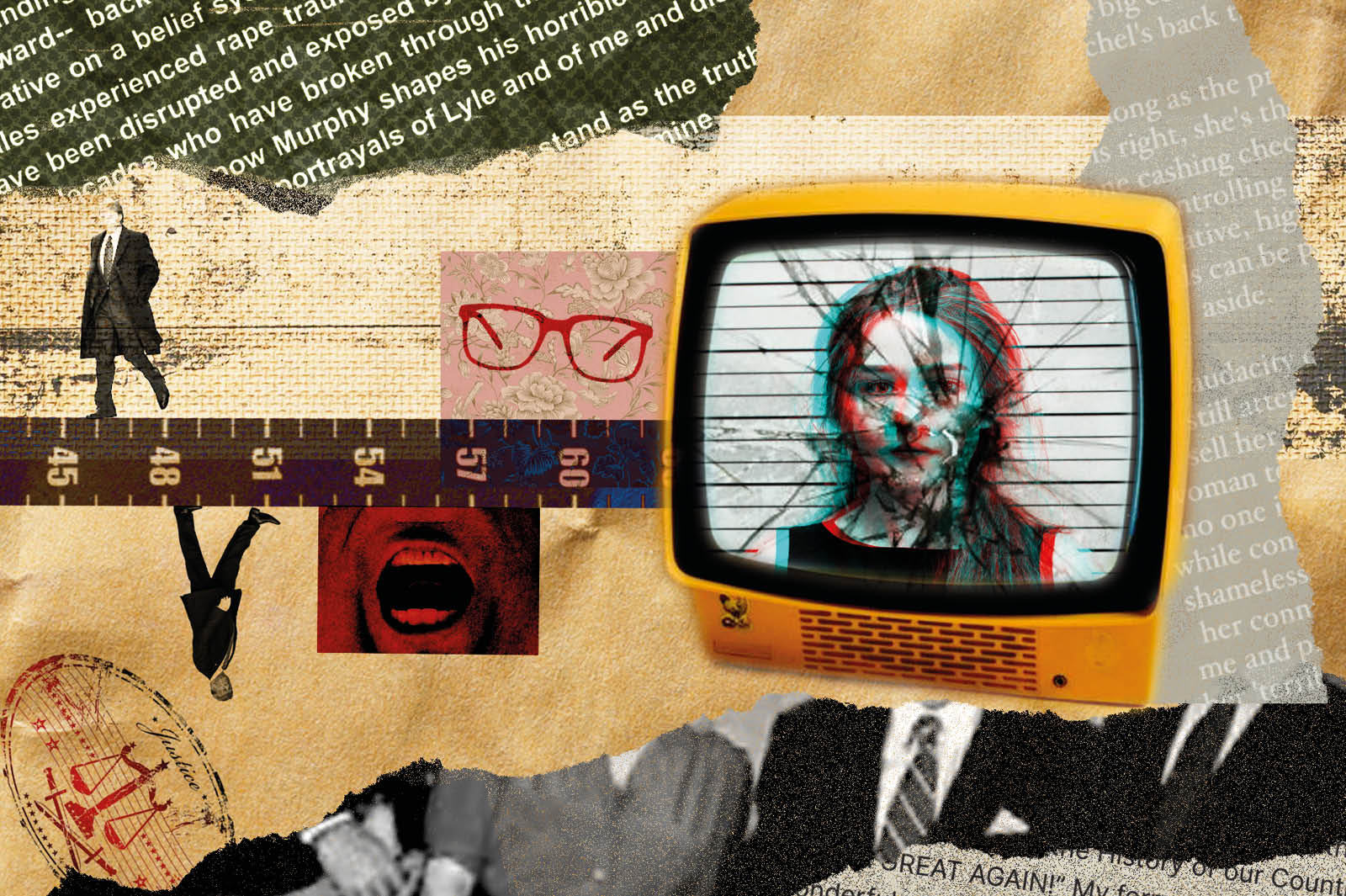This article is in
The Spectator’s December 2019 US edition. Subscribe here.
People who go into the wild looking to meet bloodthirsty predators are either a living Xanax pill or some sort of dominatrix version of Jane Goodall. Especially when it’s winter. Save yourself a mauling by a hungry puma, swap your earmuffs for earphones and get wild with The Wild, in which ecologist and award-winning filmmaker Chris Morgan leaps sure-footedly from one wildlife topic to another like a mountain goat.
Like Nature itself, The Wild is pretty random but always red in tooth and claw. Morgan focuses on the overlap between animals and humans: something people tend not to consider when they move into areas where the neighbors are bears or cougars. If you’d like to know what it’s like to be attacked by a bear or find yourself stranded in the middle of nowhere without wifi, this is the one for you.
The lesson of The Wild is that for the prey (that’s you), survival comes down to an almost intuitive understanding of predator psychology and the ancient wilderness. That, and luck. The go-to survival acts that they tell you in the cities — make yourself look bigger, play dead, wave a stick — don’t work. Instead, Morgan says, you must ‘harness your nervous energy and get dominant’, especially when being charged by a mountain lion.
Not all the cougars in the Seattle suburbs walk on two legs. Morgan interviews a shocked family who saw a big cat strolling across their yard. He stalks the cougar, realizes that the cougar is stalking him and does the wrong thing: he runs, which encourages the cougar to chase him. The cougar doesn’t get him, so he goes back to search for it again. That also seems like the wrong thing to do, but he’s the professional.
Morgan’s friend Brian, an ex-football player turned tracker and research scientist, tells us that cougars are losing their hunting grounds to the suburbs. In May 2018, a cougar attacked two cyclists in Washington state, killing one. Not to worry; this was the first fatal cougar attack in the state for nearly a century. Morgan says that cougars are just trying to survive. So are cyclists.
In February 2019, Travis Kauffman, a 31-year old jogger, was ambushed by a mountain lion on a trail in Colorado. Kauffman managed to get on top of the animal, stab it with sticks, pound its head with a rock and suffocate it with his foot. Of course, your results may differ.
A couple of useful tips if you’re looking for a near-death experience with polar bears: carry a high-caliber rifle and always travel with someone much older and slower, so you can feed them to the bears as you run away.
The Wild insists that though these animals are dangerous, the ecology of their terrain (your backyard) would be irreparably harmed without them. Morgan’s safety tips are best listened to at home with the doors locked and the windows closed. If bear spray doesn’t dissuade a charging bear, use a knife for ‘close combat’. Always hoist your food high in a tree when camping; that way, you’ll have something to eat as you pass the night sitting on a branch, sobbing in fear. Keep in mind that our ursine friends have different personalities, offer them an escape route: know your enemy and whatnot. None of this is comforting. Morgan says animal psychology is 90 percent of staying safe in the wild. It’s the other 10 percent that worries me.
Traumatized survivors of Morgan’s excursions will be relieved to learn that simply walking through the forest is a form of therapy. In Japan, the government encourages ‘forest bathing’, with official ‘forest therapy’ hiking trails. Morgan interviews a forest therapy guide named Julie, who uses the personal pronoun ‘they’. Julie is very good at calling owls. Interacting with nature, they says, is a way to ‘show gratitude’. Oak trees are Julie’s ‘soul trees’: they’re easier for them to talk to than other trees.
‘Imagine you were a tree,’ Julie tells Morgan. ‘Grow roots into the ground.’
‘Being in and around nature gives us a sense of wonder,’ Morgan says softly.
The forest therapists don’t carry bear spray. The bears just love to nuzzle their transgendered bark. I envy Julie’s intimacy with nature. When spring comes, I too shall shed my winter earphones and leap into the wild. Safely armed, of course.
The Wild can be downloaded from iTunes and other major podcast providers. This article is in The Spectator’s December 2019 US edition. Subscribe here.


























